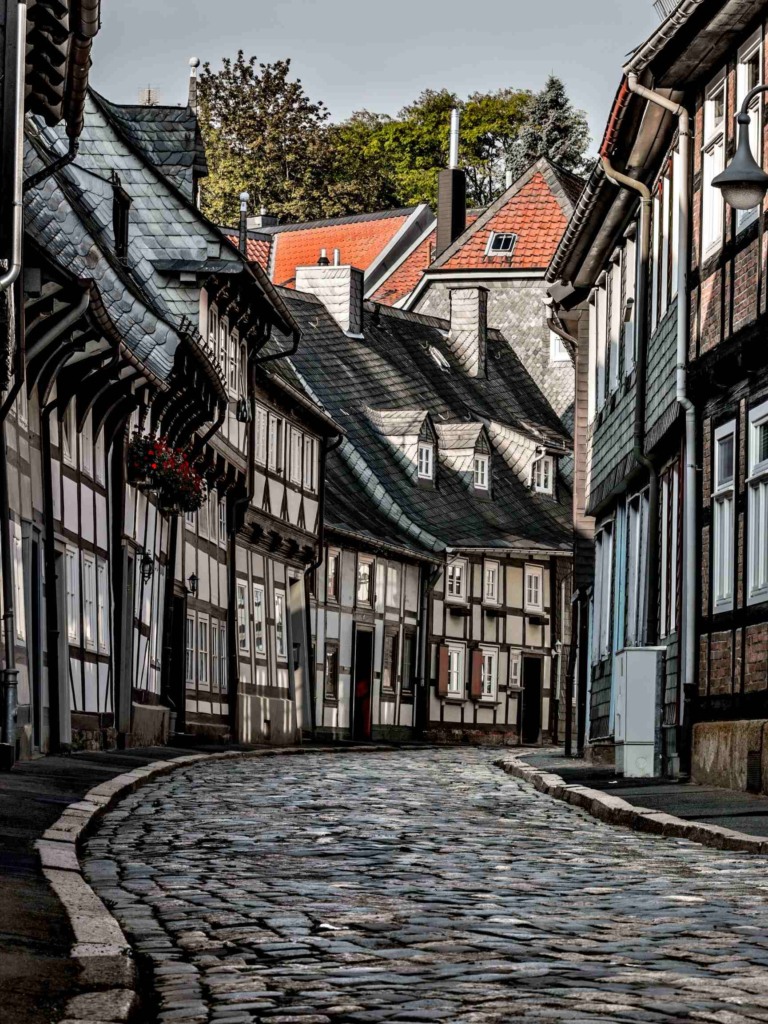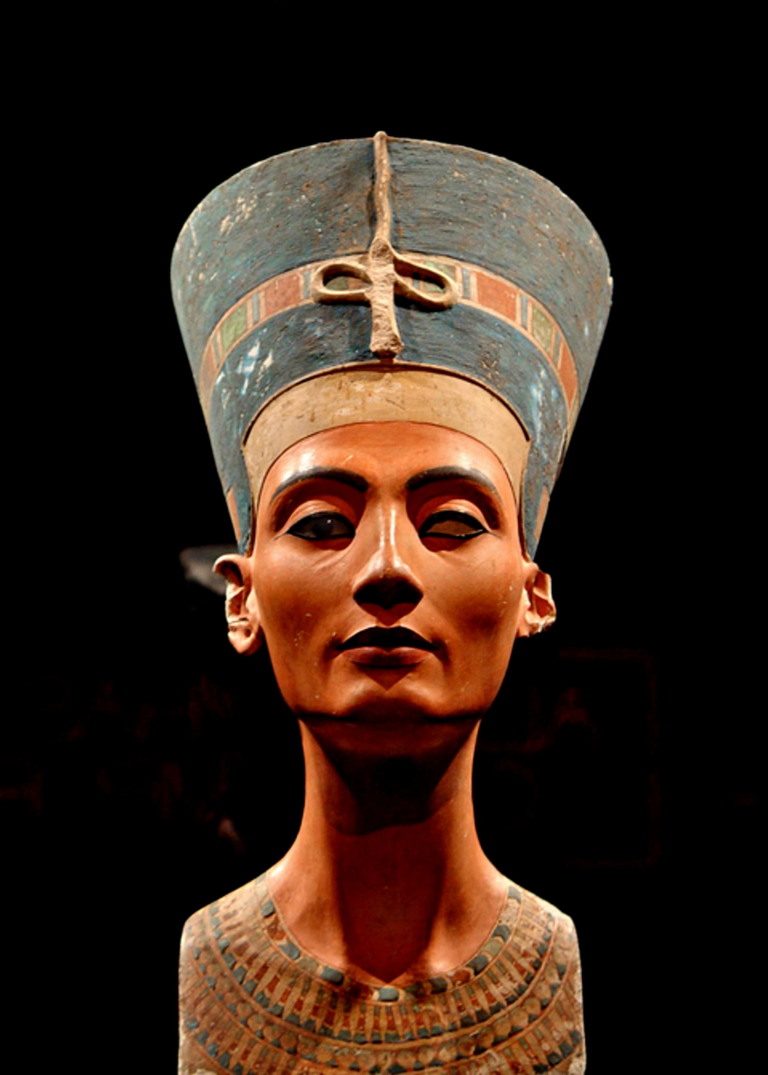Archaeological Border Complex Hedeby Danevirke: The Archaeological Border Complex of Hedeby and the Danevirke is a UNESCO World Heritage Site located in northern Germany, near the town of Schleswig. It encompasses the remains of two significant historical sites that played a crucial role in the ancient Viking-age trading town of Hedeby (now known as Haithabu) and the Danevirke, an extensive defensive earthwork system. Together, they offer valuable insights into the political, economic, and military history of the region during the Viking Age.
Hedeby aka Haithabu
1. Hedeby: Hedeby, also known as Haithabu, was a bustling trading settlement that flourished from the 8th to the 11th centuries. It served as a vital hub for commerce, connecting the Baltic Sea and North Sea trade routes. Situated at the southern end of the Jutland Peninsula, it served as a vital hub for the exchange of goods between the Scandinavian countries, northern Europe, and the Byzantine Empire.
Hedeby was home to a diverse population and attracted traders, craftsmen, and warriors from various parts of Europe. The town’s strategic location on the Schlei Fjord made it a natural choice for maritime trade and played a significant role in shaping the political landscape of the time. The archaeological remains of Hedeby provide valuable insights into Viking Age urban life, including dwellings, workshops, marketplaces, and shipyards.
Danevirke Complex
2. Danevirke: The Danevirke is an ancient defensive earthwork system that stretches across the southern part of the Jutland Peninsula. It was constructed in the 8th century to protect the southern border of the Danish realm from invading forces. The Danevirke is a complex network of ramparts, walls, and ditches that extends for approximately 30 kilometers. It played a crucial role in the defense of the region and controlled access to Hedeby. The purpose of the Danevirke was to protect the southern border of the Danish realm against potential invasions from the south.
Archaeological Border Complex Hedeby Danevirke
The archaeological remains at Hedeby and Danevirke provide valuable insights into the daily lives of the people who lived there. Excavations have uncovered numerous artifacts, including tools, weapons, jewelry, and ceramics, shedding light on the trade networks, craftsmanship, and social structures of the Viking Age. The site has also revealed evidence of early industrial activities, such as iron production, shipbuilding, and the trading of commodities like walrus ivory and furs.
In 2018, the Archaeological Border Complex of Hedeby and the Danevirke was inscribed on the UNESCO World Heritage List. It was recognized for its outstanding universal value as a testimony to the Viking Age and its significance in understanding the complex cultural, economic, and defensive networks of the time. Overall, the archaeological sites of Hedeby and Danevirke offer a unique window into the Viking Age, showcasing the rich cultural heritage of the region and providing invaluable insights into the historical developments of Northern Europe.
Archaeological Border Complex of Hedeby and the Danevirke Travel
The Archaeological Border Complex of Hedeby and the Danevirke offers a range of tourism aspects for visitors interested in exploring the rich history and cultural heritage of the region. Visitors to the site can explore the archaeological remains of Hedeby, including reconstructed buildings and exhibitions showcasing artifacts discovered at the site. They can also walk along the earthwork remnants of the Danevirke and learn about its strategic importance in the region’s history. Here are some key tourist aspects of the site:
Visitor Center
1. Visitor Center: The site has a dedicated visitor center where visitors can gather information about the complex, its historical significance, and the various attractions within the area. The center provides maps, brochures, and multimedia displays to enhance the visitor experience.
Guided Tours
2. Guided Tours: Guided tours are available to explore both Hedeby and the Danevirke. Knowledgeable guides lead visitors through the archaeological remains, sharing insights about the Viking Age, the history of the site, and the significance of the structures. These tours provide a deeper understanding of the cultural and historical context of the complex.
Archaeological Exhibitions
3. Archaeological Exhibitions: The visitor center and surrounding museums often host temporary and permanent exhibitions related to the archaeological findings from Hedeby and the Danevirke. These exhibitions showcase artifacts, reconstructions, and interactive displays that offer visitors a chance to engage with the material culture of the Viking Age.
Historic Reconstructions
4. Historic Reconstructions: Hedeby features several reconstructed Viking houses and workshops, providing visitors with a glimpse into the daily life and craftsmanship of the period. These reconstructions offer a hands-on experience and give a sense of what the town might have looked like during its heyday.
Walking and Cycling Paths
5. Walking and Cycling Paths: The complex is surrounded by scenic natural landscapes, making it an ideal destination for outdoor enthusiasts. Walking and cycling paths traverse the area, allowing visitors to explore the Danevirke earthwork and the surrounding countryside at their own pace.
Events and Festivals
6. Events and Festivals: Throughout the year, various events and festivals take place at the Archaeological Border Complex. These events often include Viking reenactments, historical markets, craft demonstrations, music performances, and educational workshops. They provide an immersive experience and a chance to witness the vibrant traditions of the Viking Age.
UNESCO World Heritage Site
7. UNESCO World Heritage Site: Being a UNESCO World Heritage site, the Archaeological Border Complex of Hedeby and the Danevirke holds significant international recognition. This designation highlights its outstanding universal value and attracts visitors interested in exploring UNESCO sites.
It is worth noting that visitor facilities and available activities may vary, so it’s advisable to check with the official websites or local tourism offices for the most up-to-date information before planning a visit to the Archaeological Border Complex of Hedeby and the Danevirke.








